
Whether you prefer standing ab exercises or getting down on the floor with Russian twists and bicycle crunches, there are plenty of ways to hit your oblique muscles during the best ab workouts.
But which ab exercises should you choose to sculpt and strengthen your obliques? And how do you prioritize them? We think these are five of the best oblique exercises out there, and you only need one or two of the best adjustable dumbbells and a resistance band to do them — or just use your body weight.
Remember to work at your current ability level and add weight as you progress. If you experience pain, stop and consult a personal trainer or medical professional. Ready? Let’s jump straight in.
What are your obliques?
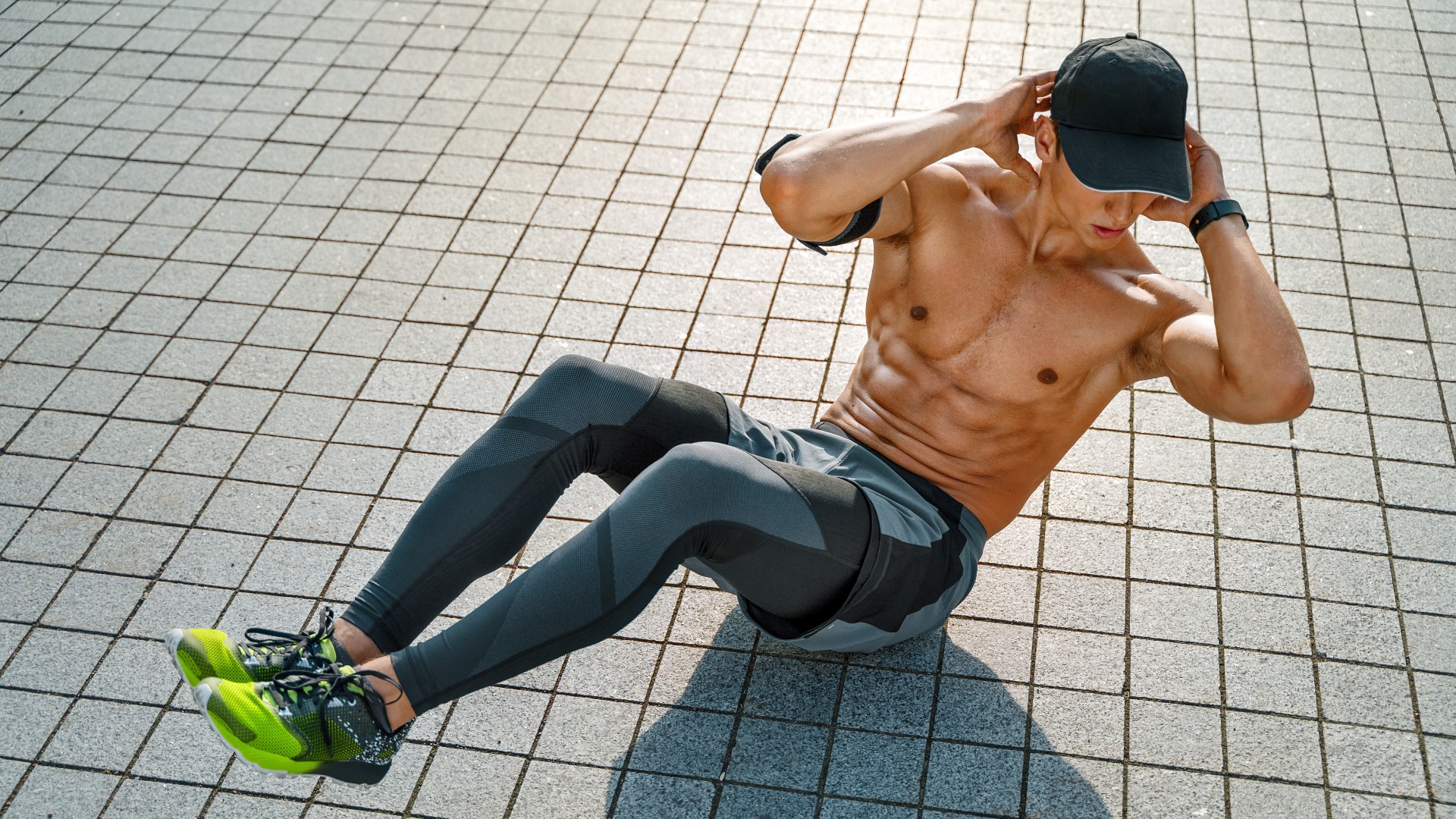
Your oblique muscles run along your waist from ribs to pelvis and are responsible for more than helping your midsection look shredded. These muscles support side flexion and rotational, twisting movements, which means any exercise that includes movement like this will naturally work your obliques.
Your obliques are formed of superficial muscles and deeper muscles — known as the internal and external obliques. Generally speaking, your internal obliques will activate to keep you stable during a movement, but those popping obliques you see are thanks to building the superficial muscles closer to the surface of the skin.
Practicing a full range of motion will help you work the muscles harder for longer, so try not to drop to half reps when you get tired and opt for a lighter weight instead of compromising your form.
Here are five oblique exercises to set your core muscles on fire.
Sign up to get the BEST of Tom's Guide direct to your inbox.
Get instant access to breaking news, the hottest reviews, great deals and helpful tips.
1. Pallof press
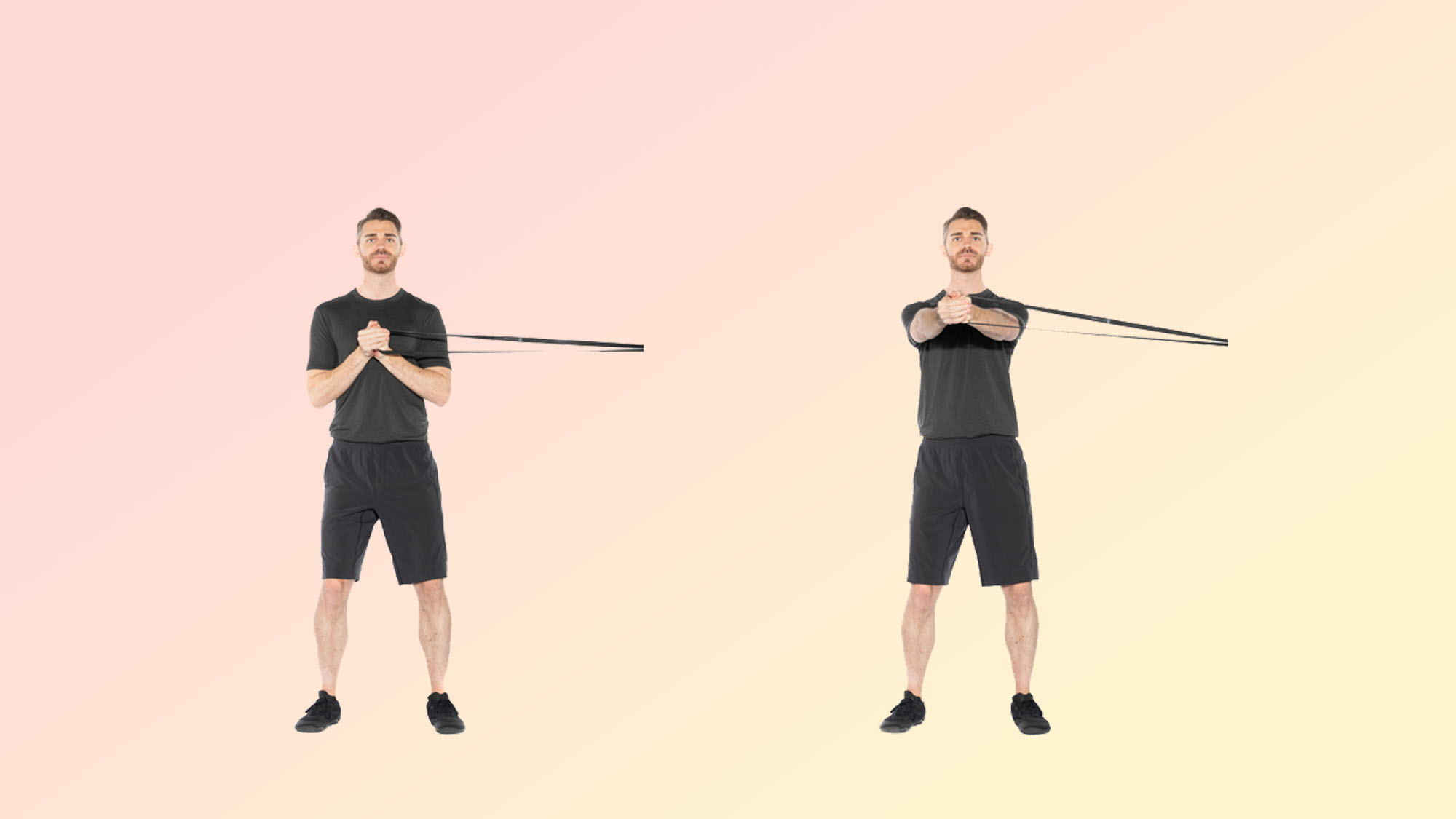
This anti-rotational movement is all about not twisting. Yet it’s still one of the best core exercises to strengthen your obliques. It also recruits your body as a unit, meaning the muscle groups must work together to keep you stable. If you want to find out how to add this exercises to your current core routine, I did the Pallof press every day for a week to build my core — here's what happened.
How:
- Secure a resistance band to a stable anchor point at chest height, sideways on
- Grip the band with both hands close to the chest and step away from the anchor point, creating tension through the band
- Brace your core and squeeze your glutes
- Draw your shoulder blades together and lift your chest, then push away with your hands and extend both arms in front of you without turning toward the anchor point
- Slowly return the band to your chest. Avoid slouching or twisting.
Training your core to resist rotation improves how well you perform twisting movements and with less chance of injury.
2. Dumbbell windshield wipers
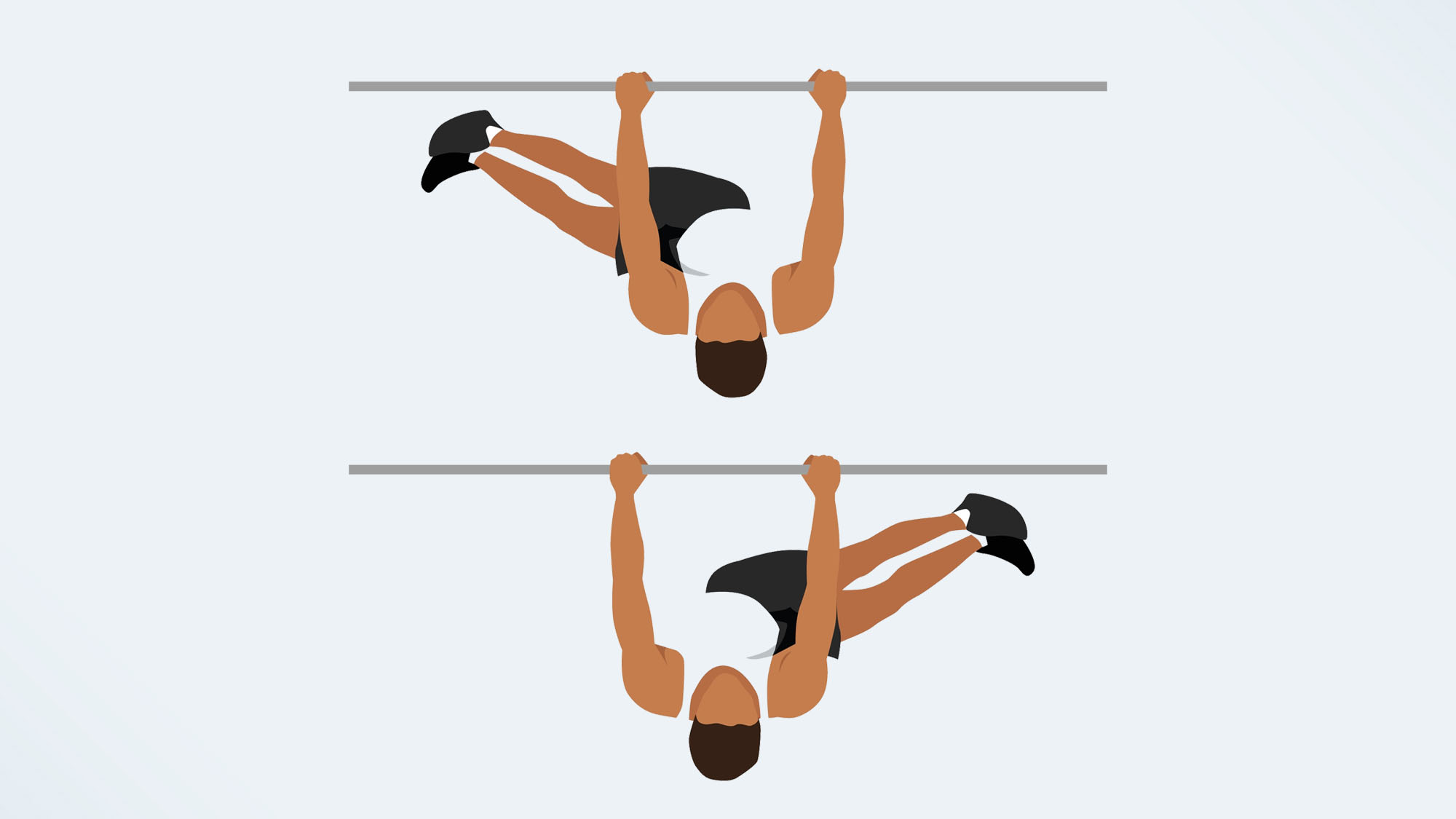
Cross the oblique activation of the Russian twist, with the isometric hold of a leg lift, and you’ve got yourself a core-crushing windshield wiper.
How:
- Lie on your back with your arms straight out on the floor, either side of you
- Extend both legs toward the ceiling while pressing your lower back into the core and engaging your core
- Twist your hips to the left until your legs slowly lower toward the ground
- Pause, then lift your legs and move them over to the right side, rotating the hips as you move
- Keep switching sides without arching your back.
To progress the exercise, extend your arms above your chest while holding a heavy dumbbell, or hold the weight with arms extended behind your head for extra fire. Our writer did 50 windshield wipers every day for a week recently, and here's how to do windshield wipers in more detail.
3. Dumbbell overhead suitcase carry
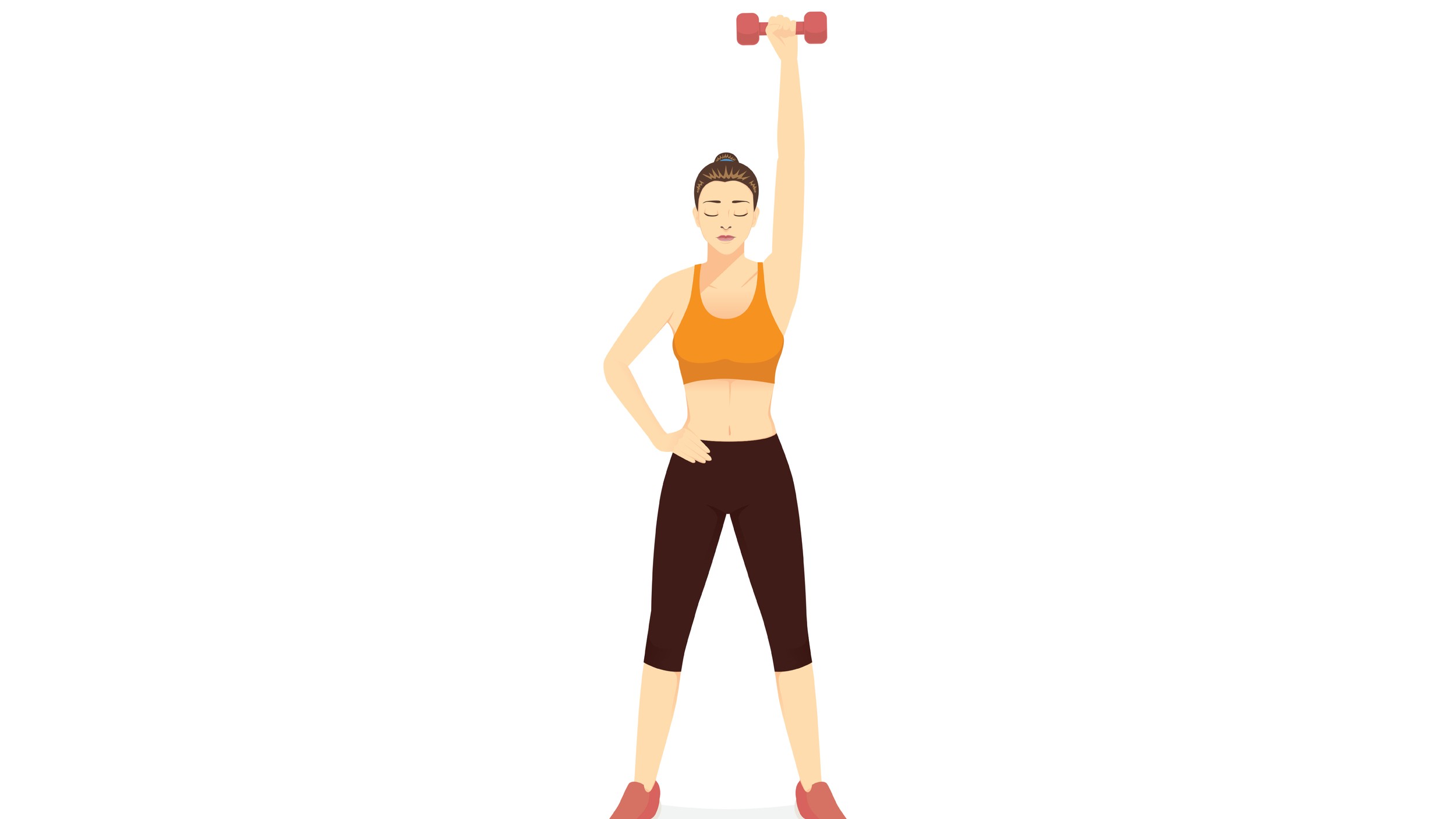
Develop shoulder strength and stability and build stronger obliques with this suitcase carry variation. The unilateral exercise helps develop coordination, balance and strength. To execute the ab exercise, you’ll need to keep your waist engaged to stay tall and prevent overleaning to one side.
How:
- Stand holding a dumbbell in one hand with feet hip-width apart and your stomach braced
- Press the dumbbell overhead aligned with your shoulder and press your bicep behind your ear
- Contract as many muscles as possible, then begin walking forward
- Count a set number of steps or walk for a distance, then switch arms and continue walking.
4. Rotational throw
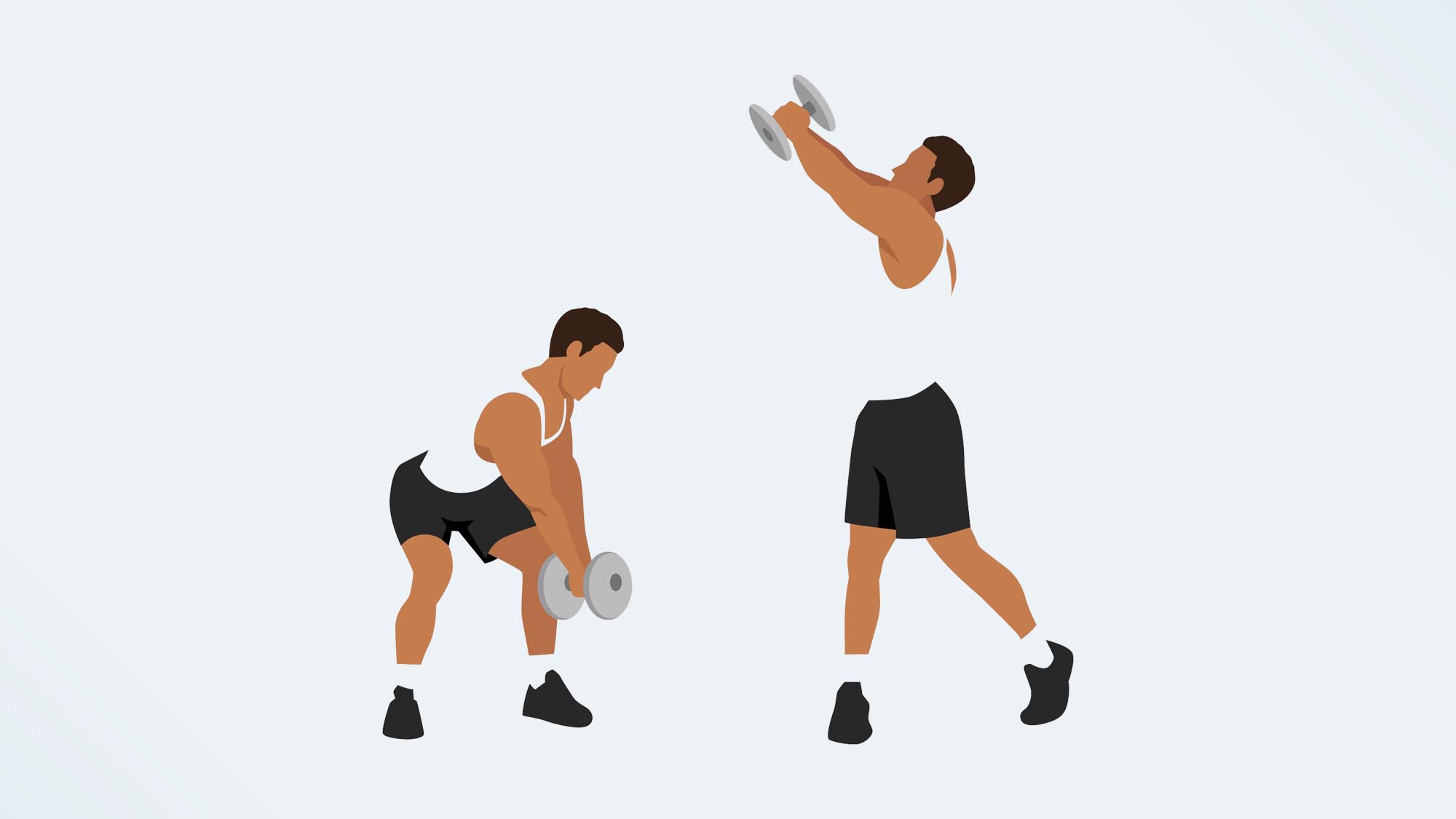
The lateral rotational movement torches the oblique muscles and develops speed and power output. It also teaches rapid engagement of your obliques.
If you have a medicine ball, you could throw it against the wall or pass it to a partner. Having to catch the ball on the rebound will teach your muscles to control the incoming load and slow it down as you rotate back to the starting position.
How:
- Stand near a wall, sideways on with the wall on your right side
- Hold a dumbbell in both hands with arms extended or elbows bent, depending on preference
- Engage your core
- Twist to the left and drive the dumbbell to tap the wall to the right
- Reverse back to the starting position. Finish reps, then switch sides.
5. Copenhagen plank
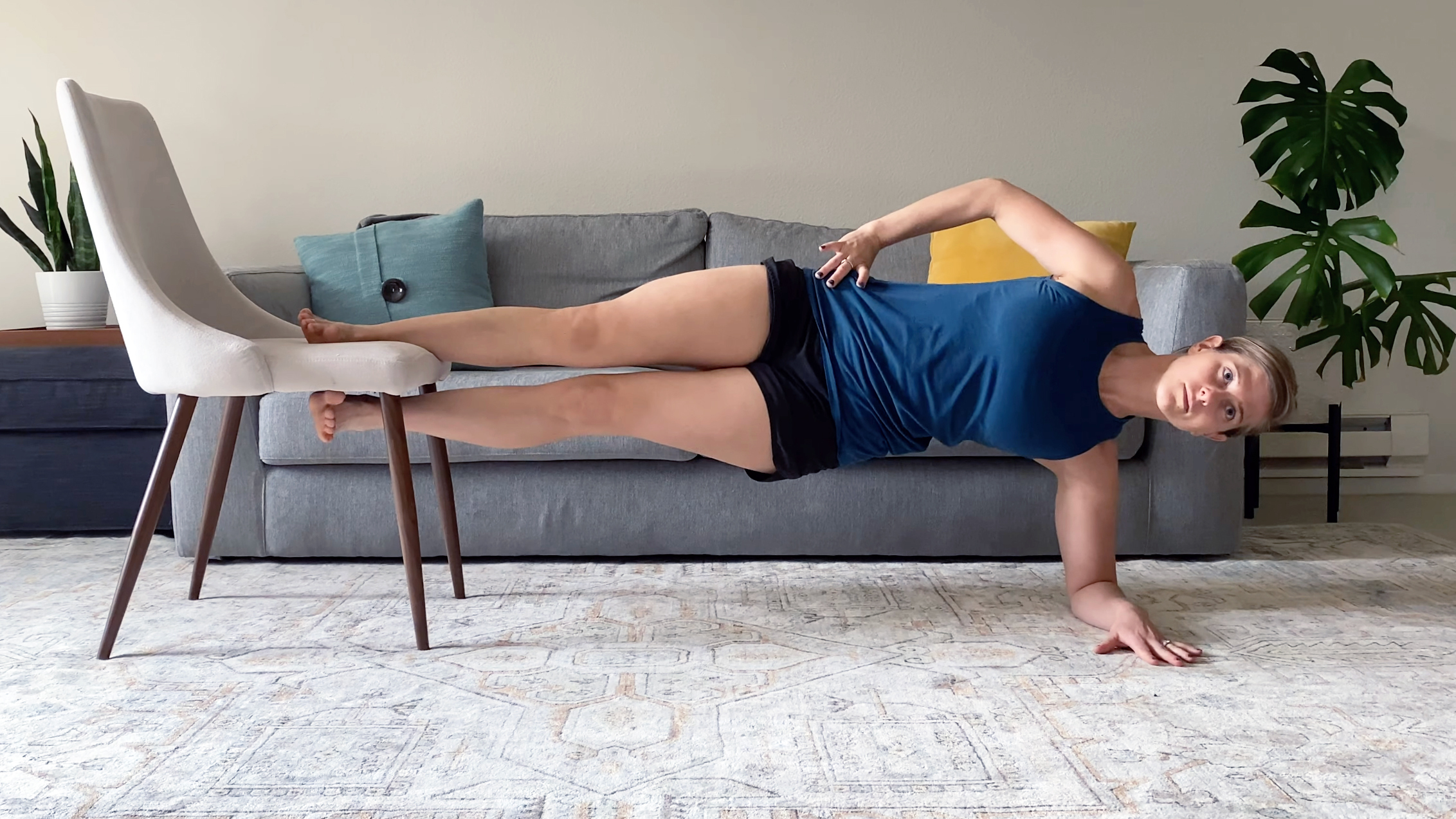
We had to throw an isometric exercise into the mix, right? Not all ab exercises require movement. Some can be executed by resisting gravity and staying as still as possible while contracting various muscle groups, big and small.
How:
- Lie on your left side, with your left elbow stacked underneath your left shoulder. Extend your legs and raise your right arm toward the ceiling
- Position your inner right leg on a bench
- Engage your core and lift your hips and knees off the floor. Your body weight should rest on your left foot
- Lift the left foot off the ground, hovering a few inches below the right foot
- Hold as long as you can and keep your eye gaze forward.
Here's how to do the Copenhagen plank in more detail, and what happened when our writer did a two-minute Copenhagen plank every day for a week.
Bottom line
It goes without saying that (sadly) doing these core exercises alone won’t sculpt a stomach of pure toned muscle. Even if you build ab muscle and strength, it could still reside underneath body fat.
If your goal is to lose fat, find out how to calculate your body fat percentage here. Visible abs are a process, and although we recommend ab workouts to help strengthen these muscles, consider compound exercises too; you can recruit more muscles in less time while maintaining and building your core muscles.
More from Tom's Guide

Sam Hopes is a level 3 qualified trainer, a level 2 Reiki practitioner and fitness editor at Tom's Guide. She is also currently undertaking her Yoga For Athletes training course.
Sam has written for various fitness brands and websites over the years and has experience across brands at Future, such as Live Science, Fit&Well, Coach, and T3.
Having coached at fitness studios like F45 and Virgin Active and personal trained, Sam now primarily teaches outdoor bootcamps, bodyweight, calisthenics and kettlebells.
She also coaches mobility and flexibility classes several times a week and believes that true strength comes from a holistic approach to training your body.
Sam has completed two mixed doubles Hyrox competitions in London and the Netherlands and finished her first doubles attempt in 1:11.
